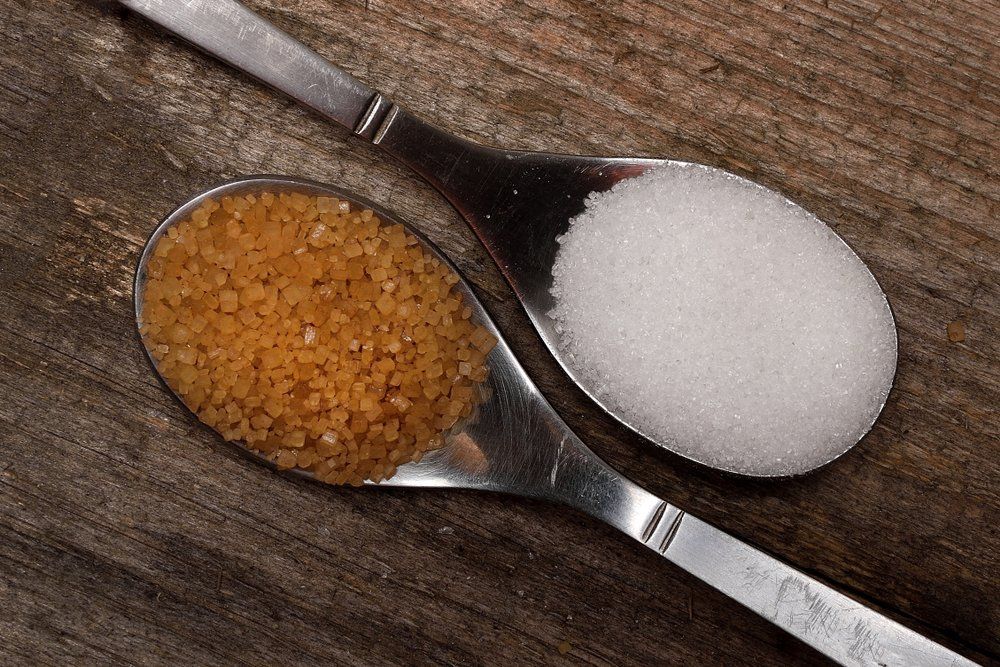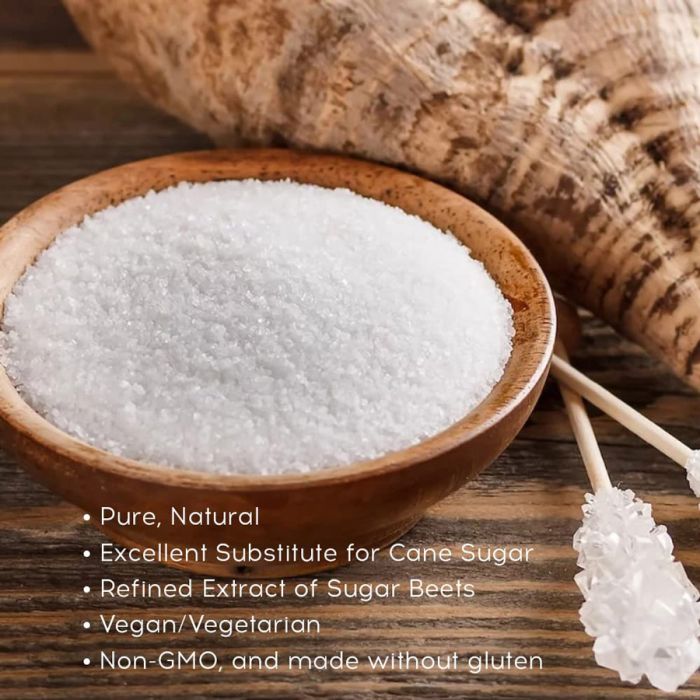Many consumers wonder if beet sugar vs cane sugar makes a difference in overall health.
Many consumers wonder if beet sugar vs cane sugar makes a difference in overall health.
Blog Article
Discover the Uses and Advantages of Beet Sugar Vs Cane Sugar in Your Daily Diet Regimen
Exploring the distinctive qualities of beet and cane sugar exposes even more than simply their sweetening capacities; it highlights their unique influences on wellness and cookeries. Beet sugar, known for its refined flavor, is usually favored in fragile treats, whereas cane sugar, with its tip of molasses, includes splendor to durable recipes. Each type holds its own nutritional profile and glycemic implications, inviting a deeper understanding of their functions in a well balanced diet regimen and lasting intake techniques.
Beginning and Manufacturing Procedures of Beet and Cane Sugar

The distinct environments and dirt types needed for growing sugar beetroots and sugarcane add to distinctions in their farming practices and geographic circulation, affecting the business economics and sustainability of their manufacturing. beet sugar vs cane sugar.
Nutritional Contrast Between Beet Sugar and Cane Sugar
In spite of stemming from different plants, beet sugar and cane sugar are nutritionally really comparable, both primarily including sucrose. Each provides regarding 4 calories per gram, converting to approximately 16 calories per tsp. Structurally, both sugars are composed of approximately 99.95% sucrose, with marginal quantities of various other compounds like dampness and trace minerals, which do not considerably change their nutritional profiles.

Ultimately, when selecting in between beet sugar and cane sugar based upon dietary material alone, both offer the same advantages and disadvantages as they are basically types of the very same particle-- sucrose, giving quick energy without other nutrients.
Effect on Health: Glycemic Index and Caloric Content
Exploring better right into the results of beet sugar and cane sugar on health and wellness, it is essential to why not look here consider their glycemic index and caloric material. Both sugars are identified as sucrose, which is composed of sugar and fructose. This make-up leads them to have a comparable effect on blood sugar level levels. The glycemic index (GI) of both beet and cane sugar is around 65, categorizing them as high-GI foods, which can create fast spikes in blood sugar degrees. This is a vital element for individuals managing diabetes mellitus or those attempting to support their energy degrees throughout the day.
Each kind of sugar has about 4 calories per gram, making their caloric web content equivalent. For those keeping an eye on calorie consumption, particularly when taking care of weight or metabolic health and wellness conditions, understanding this equivalence is important (beet sugar vs cane sugar). However, too much intake of any kind of high-calorie, high-GI food can add to health issues such as excessive weight, heart problem, and insulin resistance.
Environmental and Economic Considerations of Sugar Manufacturing
Beyond health and wellness influences, the production of beet and cane sugar likewise elevates considerable ecological and economic problems. Sugar beet farming has a tendency to call for cooler environments and has a lower geographical impact compared to sugar cane, which flourishes in exotic areas. Both crops are extensive in terms of water usage and land occupation, possibly leading to deforestation and helpful site water shortage. Financially, the global sugar market is very volatile, affected weblink by changes in worldwide trade policies and aids. Several nations incentivize sugar manufacturing with financial backing, skewing market rates and affecting small farmers negatively.
Furthermore, making use of pesticides and fertilizers in both beet and cane sugar growing can result in dirt deterioration and air pollution, additional affecting biodiversity and regional water bodies (beet sugar vs cane sugar). The selection between growing sugar beet or cane usually hinges on neighborhood environmental problems and financial variables, making the sustainability of sugar manufacturing an intricate problem
Culinary Applications and Flavor Distinctions
While the ecological and financial facets of sugar production are certainly significant, the choice in between beet and cane sugar additionally influences cooking applications and flavor profiles. Beet sugar, acquired from the sugar beet plant, is understood for its remarkably neutral preference.
Walking cane sugar, extracted from sugarcane, commonly keeps molasses traces, which present a distinctive richness and deepness. The mild variant in wetness content in between beet and cane sugar can impact the texture and uniformity of dishes, making cane sugar a favored option for particular dishes that profit from its special buildings.

Final Thought
Finally, both beet and cane sugar have distinctive origins and manufacturing processes, supplying comparable nutritional accounts with mild distinctions in sodium web content and taste. While their effect on wellness, especially regarding glycemic index and calories, is similar, the option in between them typically boils down to environmental, financial elements, and details culinary needs. Recognizing these aspects can assist consumers in making educated decisions that straighten with their health and wellness objectives and flavor choices.
Report this page